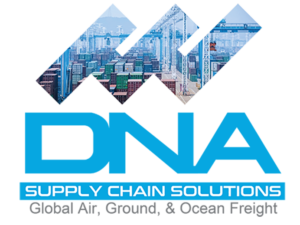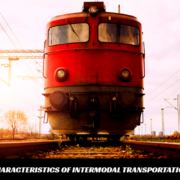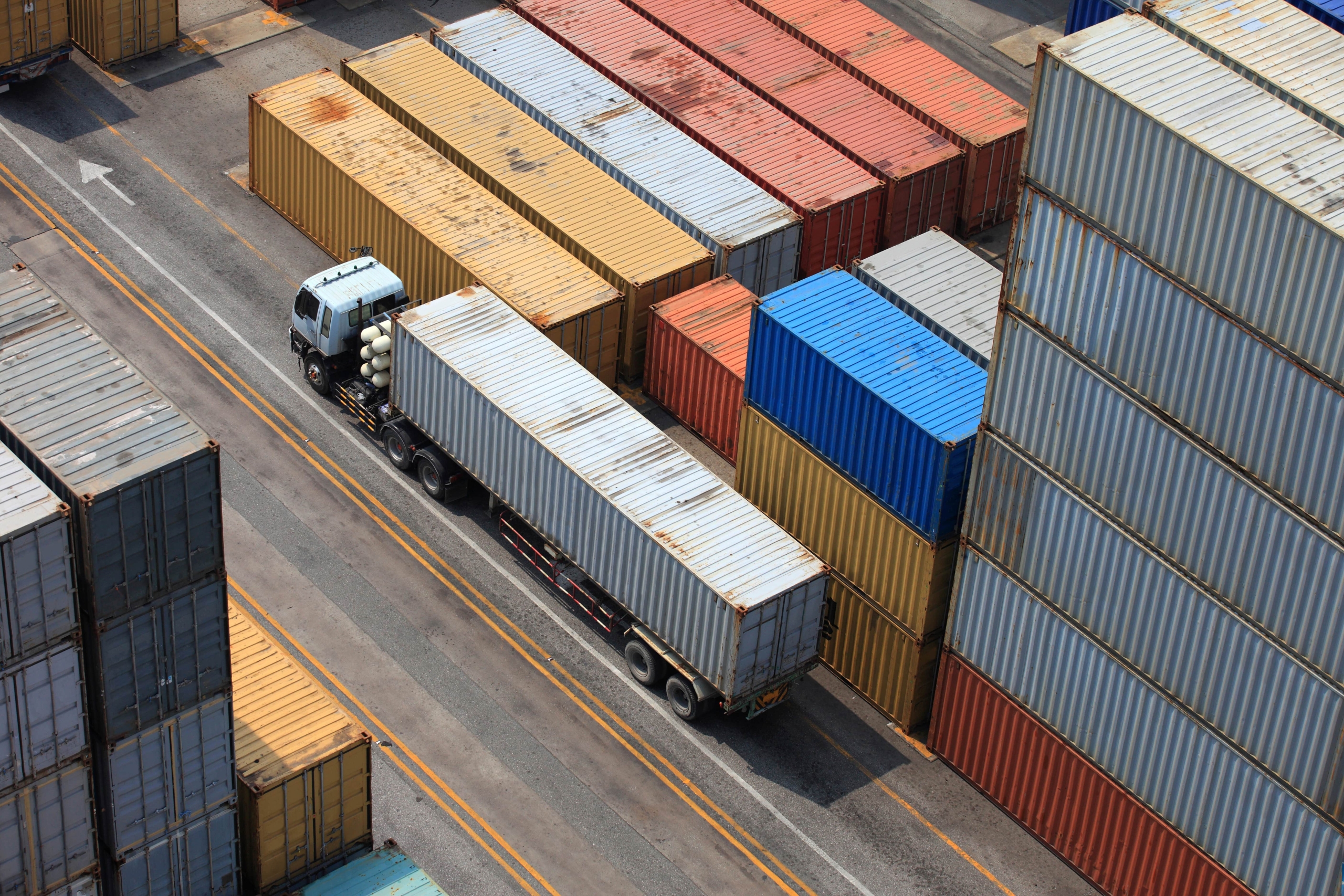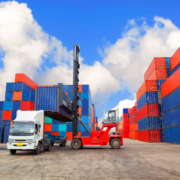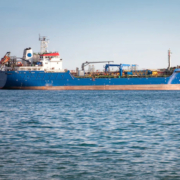Intermodal Transportation Advantages and Disadvantages. Intermodal freight transportation is a process in which you use a maximum of two transportation mediums to move the goods. Mostly steamships, trains and trucks are available for use. Sometimes, you can even use air freight, but it will be costly.
Intermodal freight transportation helps our global economy because it gives us control over how we move goods. Still, some things need to be careful so that intermodal freight transportation doesn’t lose value.
In this guide, we will discuss a few important intermodal transportation advantages and disadvantages:
Meaning
Now let’s talk about what is intermodal! In the case of freight, the goods are in the packaging of special containers. You can then send them to the destination without needing to take them out of the containers.
When it comes to passengers, the same idea applies. People have to use more than one way to get to their destination. Intermodal transportation is quite cheap. It is a useful way to move freight from the shipper to the consignee and passengers from one place to another.
Intermodal transportation uses containers that are available for that purpose. These are big, rectangular boxes that you can attach with trailers to use for that purpose. They are standard containers whose main quality is that they last a long time. This is how you can make it move around from one mode to another without facing any damage.
What are the Intermodal Transportation Advantages and Disadvantages?
Advantages:
- Faster shipping
One of the benefits of intermodal shipping is that you can choose the best unit load for each product. This cuts down on costs and the time it takes to load, unload, and give out paperwork. You don’t have to wait in lines or in traffic jams when you use trains and ferries. This will help you to move quickly.
- Consistent capacity
People who use intermodal transportation are starting to like it more and more. It has reliable capacity when and where needed, which has worked well for it.
Rail and truck transportation isn’t as expensive as other methods. Companies now prefer intermodal transportation. This is because of its low cost and high quality. Thus, intermodal transportation doesn’t have to bend over backwards. There is no need to meet the needs of drivers and carriers at any cost.
- Quality and safe service
The best thing about intermodal transportation is that it provides good service. It is one of the fastest services guaranteeing that cargo will be sent out safely and on time.
Trains go on fixed tracks, so there isn’t much chance of an accident or anything else going wrong. This means there are fewer rules about unloading and loading, which speeds up the shipping process.
- Ease of use
As technology has improved, intermodal transport has become more reliable and efficient. When needed, the capacity is there. And the containers can be tracked and found. This makes things easy for the users. Intermodal transportation has made things simpler and more accurate, which has made them more convenient.
- Flexibility
The intermodal shipping method makes it possible to move freight in different ways. The better your plan works, the more money you can save.
- Warehousing
In intermodal transportation, the container is the warehouse. It protects the cargo, which has become one of the most important benefits of this way of moving cargo.
Disadvantages
- Not the fastest way of transportation
Intermodal transportation is hence not the fastest option to move around from one place to another. Moving cargo takes a longer time because it needs to move around many times.
There is a different waiting in the depots for any new carrier to come. All of these things can cause time and speed to be lost. This can slow down the movement of freight through intermodal transportation.
- It costs a lot to set-up
One problem with intermodal transportation is that it costs a lot to set up. The containers have cut down on the cost of moving goods, but they are not easy to handle.
For moving the giant boxes, shippers are always in need of using cranes and heavy-duty tools. But sometimes, not every transportation terminal has access to it. Handling infrastructure and equipment (like warehouses, rail access, inland roads, and big cranes) are important parts of intermodal transportation. And they require huge capital investment.
Intermodal Transportation Advantages Conclusion
This was the end of the discussion about intermodal transportation advantages and disadvantages! Contrary to what most people think, intermodal does not save much money compared to over-the-road trucking. Even though there are short-term savings on fuel costs. Hence, the cost of building and maintaining the railroad infrastructure makes up for any short-term savings.
Shippers must ensure that the intermodal motor carrier they choose knows how to work with railroad operations. For example, there are things like weight limits and loading procedures in intermodal transport. You need to know about the requirements for the beneficial owner and how to handle documents.
Read More:
Characteristics of Intermodal Transportation, How It May Affect Freight Industry And Its Future
Examples of Intermodal Transportation, How they work and their Impacts
